Results
-
£89.99
Constellation (Concert Band - Score and Parts)
This easy concert march can be divided into two parts. The first part, which is rhythmical, beautifully contrasts with the second part, which is lyrical. Each section of the band has its turn in this concertmarch, which, in spite of its easy level of difficulty, deserves the designation "five-star piece." 03:45
Estimated dispatch 7-14 working days
-
 £39.60
£39.60Pachyderm Peanut Posse (Concert Band - Score and Parts)
A delightful tune for very young players at an "Ellaphante" tempo. Very easy since horn parts consist only of quarter, half and whole notes. Percussion includes parts for snare and bass drums plus an easy part for tom-toms and a slightly more difficult wood block part. A great way to present your youngest students in a very positive light and sure to be an audience favorite!
Estimated dispatch 7-14 working days
-
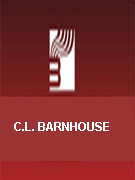 £39.60
£39.60The Royal Grenadiers (Concert Band - Score and Parts)
Huckeby's bright and cheery piece for trumpet solo and band provides the perfect medium for showcasing that promising young trumpet player. The medium easy solo part and the easy band parts combine to make this a memorable concert feature.
Estimated dispatch 7-14 working days
-
 £41.58
£41.58This Old Dude (Concert Band - Score and Parts)
Take that old favorite "This Old Man", add a rock beat and some hip (but easy) riffs, and what have you got? A great crowd pleaser your students will love to perform. The easy level of the piece makes it perfect for involving your audience--extra percussion parts and hand- claps can easily be added. A great recruiting tool and perfect for that "fun" number at your end of the year concert.
Estimated dispatch 7-14 working days
-
 £39.60
£39.60Tool Time Tango (Concert Band - Score and Parts)
Written in a very playable and appealing "tango" style, Ed Huckeby's "Tool Time Tango" provides something uniquely special for both your audience and students. Using simple tools from the garage and the workshop to play bold but easy rhythms which add to the charm of the piece. There are even some optional spots for electric drills to add to the fun! Tool parts are easy enough to teach to teachers, janitors, principals, or "band moms or dads". Sure to be the hit of your concert!
Estimated dispatch 7-14 working days
-
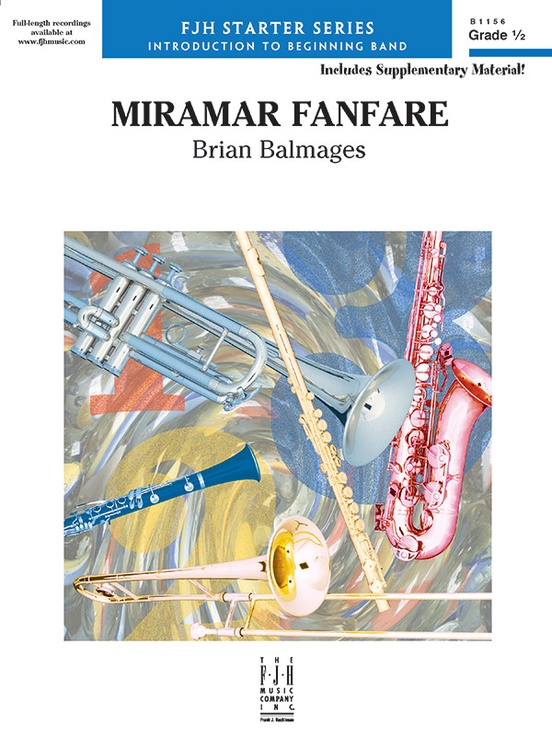 £45.95
£45.95Miramar Fanfare - Brian Balmages
Uses only 5 notes! This easy fanfare is the perfect way to open your concert or assembly. Written specifically for an after-school program, this very accessible work uses a lot of rhythmic unison and simple harmonies. Ideal to teach students fundamental concepts of form, countermelody, and harmony - and with only five notes. Easy music that sounds more complex!
Estimated dispatch 3-5 working days
-
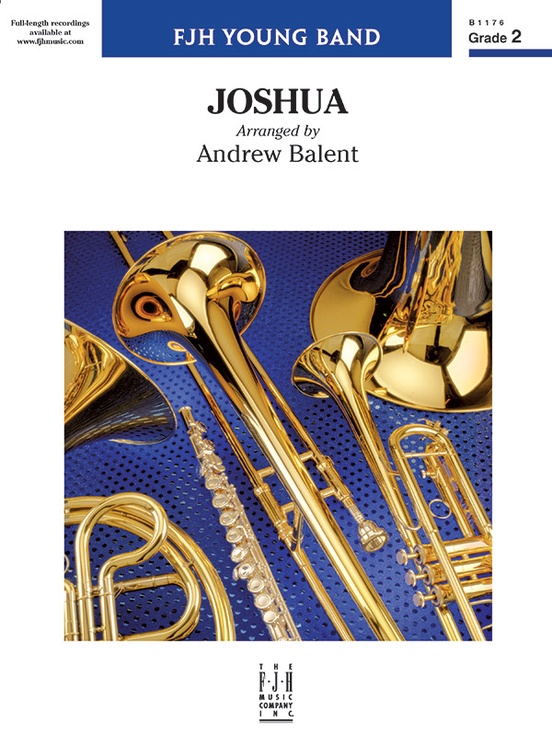 £45.95
£45.95Joshua
Based on Joshua Fit De Battle of Jericho, this upbeat swing arrangement is a guaranteed crowd pleaser. Modest range and technical demands make it easy to focus on style in your teaching. The band even has a chance to put their hands together (and consider getting the audience involved as well!). Characteristic of Andrew Balent, the piece works with varying instrumentation and is easy to put together.
Estimated dispatch 3-5 working days
-
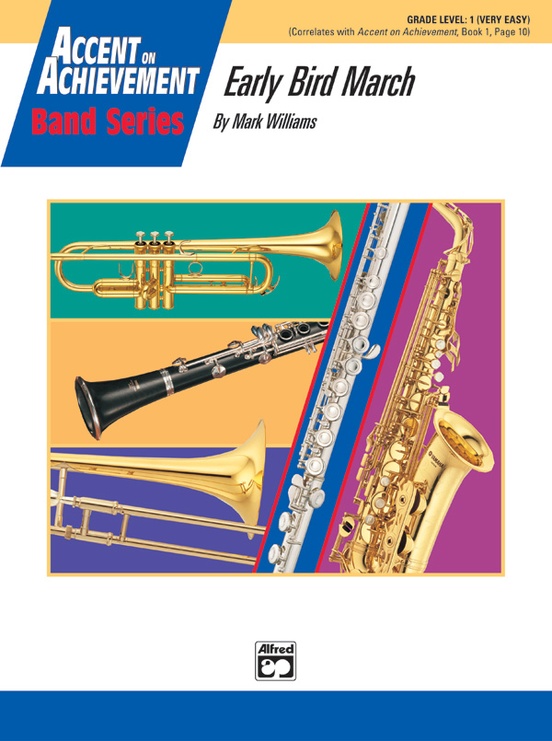 £48.95
£48.95Early Bird March - Mark Williams
Using only 6 notes and no eighth notes, this easy march is an ideal choice for that important first concert. You won't believe that a piece this easy could sound this good. Correlated with , page 10.
Estimated dispatch 3-5 working days
-
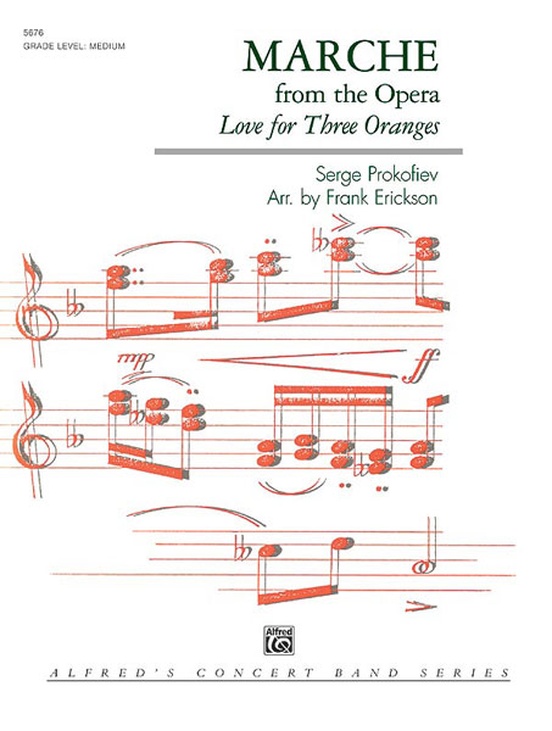 £64.95
£64.95March from the Opera
This transcription for concert band captures all of the excitement and super-charged emotion of the original version. Its driving rhythms and repeating melodic motifs provide interesting parts for all members of the band. For an electrifying performance, your band will need to play crisply and pay close attention to the wide range of dynamics. Easy percussion parts and practical scoring make this work easy to rehearse. (Grade 3---Medium) A Federation Festivals 2020-2024 selection.
Estimated dispatch 3-5 working days
-
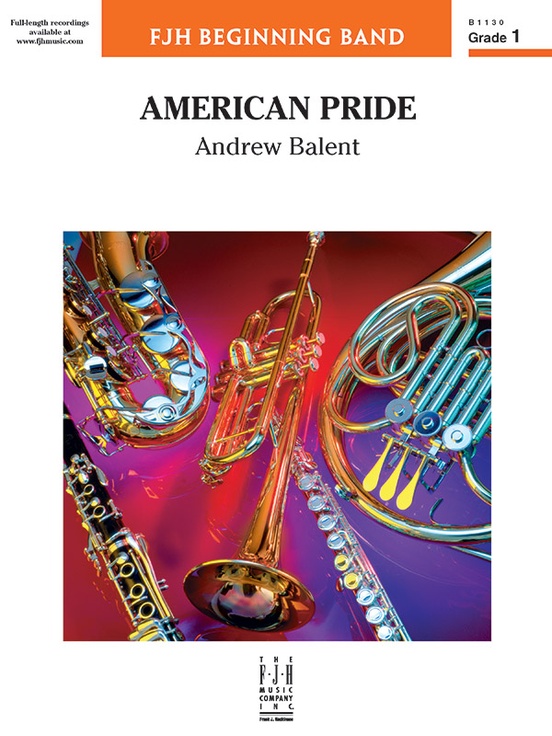 £37.95
£37.95American Pride - Andrew Balent
A very easy piece with a patriotic flavor, this treatment of is playable by the youngest of musicians. Andrew Balent has included plenty of doublings, familiar patterns, and easy rhythms and ranges to make this a perfect selection for your first concert of the year. (1:45)
Estimated dispatch 3-5 working days
